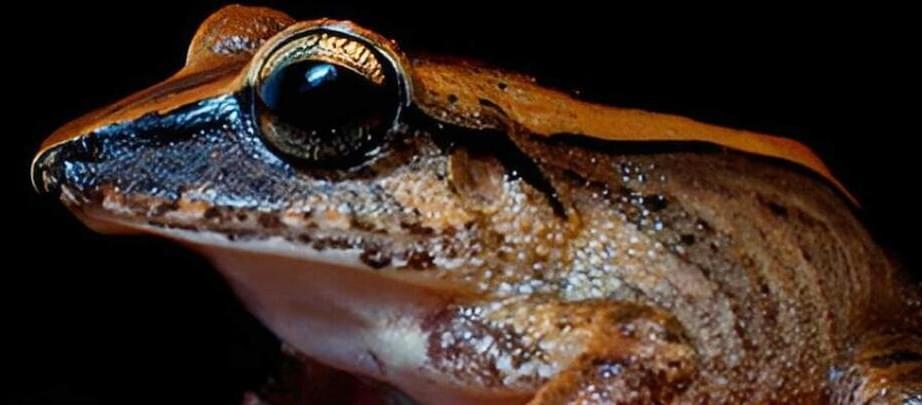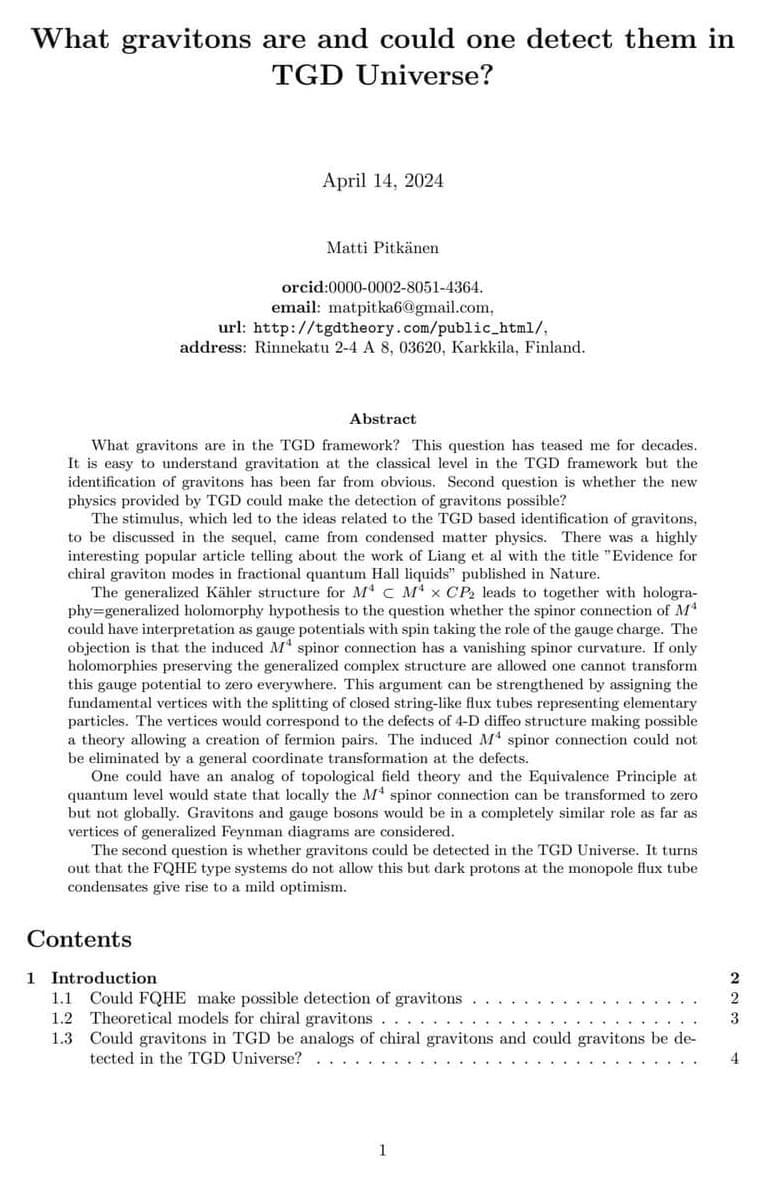“A crucial question we constantly face is how much we can curve the signal and over what distance,” acknowledges Mittleman. “We have initial estimations, but a more precise understanding is necessary.”
This research, supported by the National Science Foundation and the Air Force Office of Scientific Research, represents a significant step towards a future powered by terahertz communication. By bending the limitations of current technologies, researchers are paving the way for a new era of seamless and high-bandwidth wireless connectivity.








